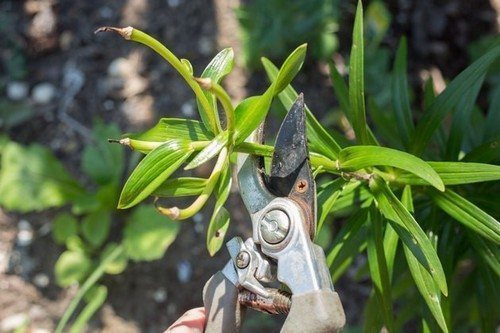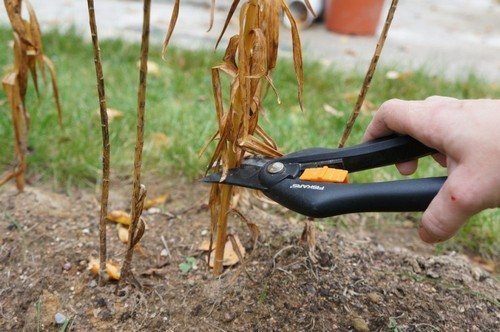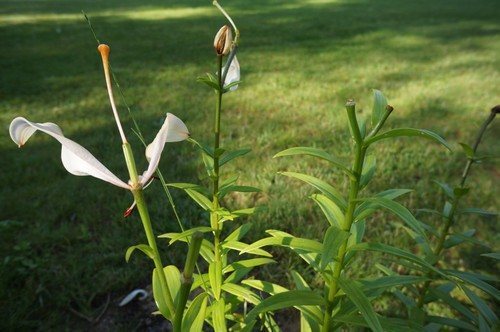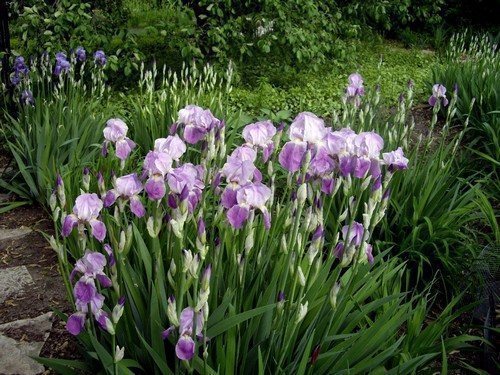Experienced and novice flower growers sooner or later plant lilies in their gardens, because it is impossible to resist the beauty of its flowers. Quite unpretentious in care, it pleases the eye during the first months of summer and requires only watering and loosening the soil around it. However, after flowering is completed, gardeners are faced with the question of how to preserve the lily bulbs until the next season.

Bulb plants are usually dug up immediately after flowering, but lily bulbs require a different approach. Gradual preparation for wintering begins in the summer, when the last petals lose their properties and fall to the ground. From now on, the plant begins to accumulate strength and nutrients for successful retirement.
Summer pruning
Considering this fact, in no case should you completely cut off the stem; it is enough to cut off only the bare core in which the seeds begin to ripen. This process takes up a significant part of the lily's resources and does not allow the bulb to grow stronger.

Fertilizing poor soil
The soil in which a lily is planted is not always rich in minerals and provides it with everything it needs. Therefore, faded plants are fed with fertilizers containing superphosphate and potassium sulfate, which adequately compensate for poor soil and accelerate the ripening process of the bulb.
Autumn pruning
Autumn pruning of lilies, which tolerate winter well in open ground, begins after the crop has naturally withered.The stems are usually shortened to 10-15 cm. In regions with little snow and just to be on the safe side, it is recommended to additionally cover them with a layer of mulch. Most often, peat, fallen leaves or pine needles are used for these purposes. But, as is the case with many other plants that require shelter for the winter, a more suitable option is coniferous spruce branches, which will not allow the proliferation of pests and microorganisms that can destroy the growth point of the lily.

Winter storage of bulbs
Varieties of liliesthat cannot tolerate winter temperatures must be dug up for further storage after pruning:
- The excavated material should be inspected for the presence of rot, pests and dry areas. To do this, they are washed under running water at room temperature. Then they sort and get rid of the affected bulbs. They are unsuitable for wintering and can ruin the rest of the planting material;
- Next, the lilies should be disinfected. To do this, you will need a weak solution of manganese or specialized products from the store;
- the processed bulbs are dried naturally. It is important not to use additional sources of heat or air. Then there will be no risk of drying out or overheating delicate planting material;
- Lilies are stored in spacious boxes with the addition of damp sphagnum moss. Containers are placed in cool and dark rooms.

Preventive transplants
Many gardeners confidently state that the lily does not require any planned preparation for winter and does not need digging or covering.But even if the planted variety survives in open ground during the winter, preventive replanting and inspection of the bulbs will have a positive effect on flowering next year. In most varieties of lilies, the bulb becomes overgrown with babies that suck out nutrients and which must be separated in a timely manner.
Easy to care for and prepare for winter, lilies will delight owners and become a bright decoration of the garden.












